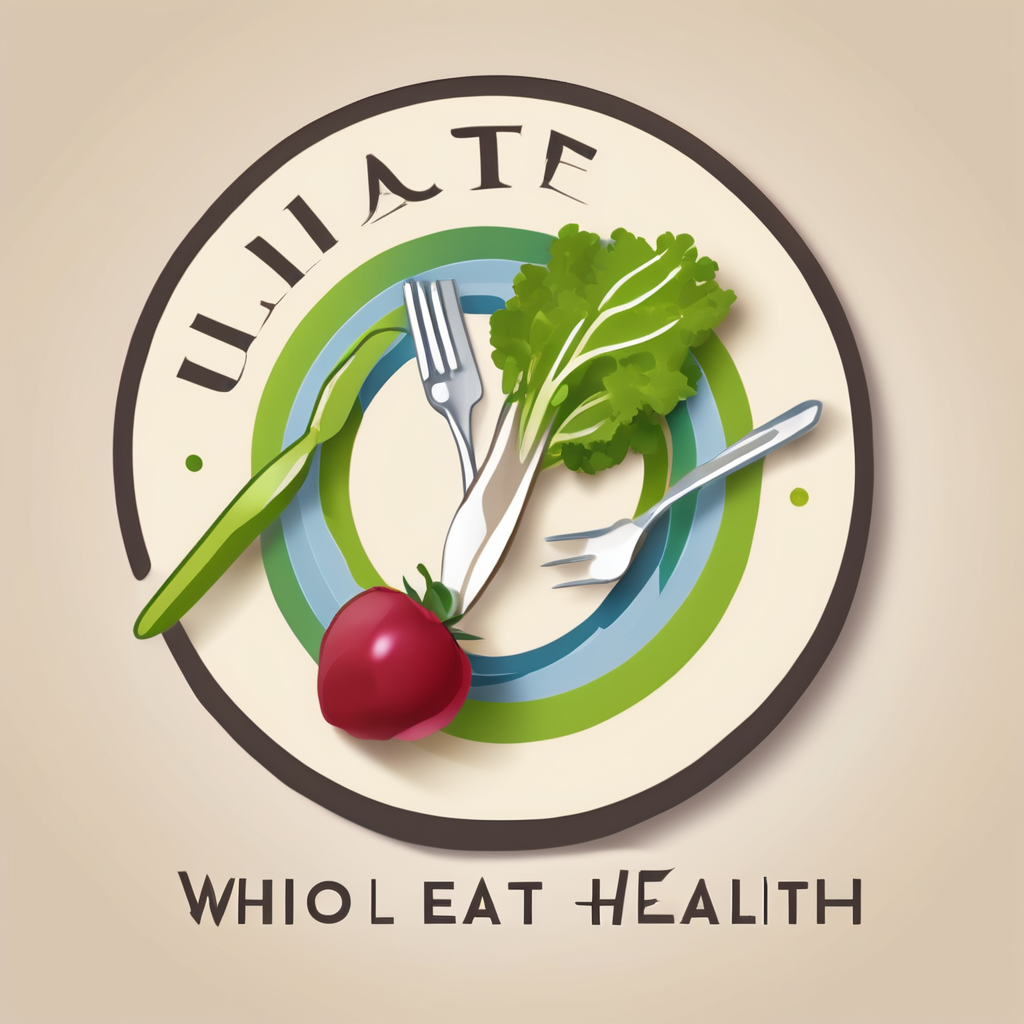Understanding Low-Risk Pregnancies
Examining low-risk pregnancies involves understanding specific criteria that define this category. In general, a low-risk pregnancy is one where both mother and baby are expected to go through pregnancy and childbirth without significant complications. Criteria often include maternal health indicators such as age, absence of chronic diseases, and a history of uncomplicated pregnancies.
Identifying a low-risk status is crucial as it guides healthcare providers in tailoring prenatal care to safeguard optimal maternal health and outcomes. Low-risk pregnancies usually signify fewer medical interventions, allowing more freedom in choosing options like natural childbirth.
Also read : Empowering Recovery: The Role of UK Occupational Therapists in Healing Adults with Traumatic Brain Injuries
Benefits of Natural Childbirth
Natural childbirth within the context of a low-risk pregnancy offers numerous advantages for both mothers and babies. For the mother, it can lead to a quicker recovery without the side effects of medication. For babies, it often means a gentler transition into the world, usually associated with better initial maternal bonding and breastfeeding success rates. Ensuring that women are educated about the benefits and options associated with low-risk pregnancies can promote informed decision-making for their childbirth plans. This supports both maternal health and the well-being of the newborn.
Role of Midwives in Low-Risk Pregnancies
Midwives play a crucial role as support systems in low-risk pregnancies, offering comprehensive pregnancy care. Their focus extends beyond physical health, encompassing emotional and educational aspects to ensure holistic well-being.
This might interest you : Empowering Epilepsy Management: Innovative Neurofeedback Strategies for UK Neurologists
Building Trust and Relationships
Establishing a rapport with expectant mothers is vital. Midwives actively listen and connect, responding to concerns with empathy. Creating a supportive environment fosters informed decision-making throughout pregnancy. This relational approach builds confidence, promoting a positive experience as mothers navigate this significant life event.
Education and Advocacy
Midwives inform mothers about natural birthing options, providing resources and evidence to support their choices. They serve as advocates, effectively communicating with healthcare teams and ensuring mothers’ voices are heard. This role empowers mothers, enhancing their confidence in their pregnancy care journey.
Continuous Support During Labor
During labor, midwives provide continuous emotional and physical support, pivotal in managing the birthing process. Employing techniques for pain management and comfort measures, they maintain a calming presence. This involvement encourages autonomy and mothers’ participation in the birthing process, reinforcing their confidence and control.
By fulfilling these roles, midwives significantly contribute to the well-being of mothers and the overall success of low-risk pregnancies.
Evidence-Based Strategies for Natural Birthing
In recent years, there has been increasing interest in evidence-based practice for natural birthing techniques. These methods are grounded in scientific research and aim to promote the well-being of both mother and child. Natural childbirth is often favoured for its minimal intervention approach, allowing for a more organic birthing experience.
To reduce interventions during childbirth, various techniques have emerged as the best practices. These include the use of breathing exercises, relaxation methods, and positions that aid in comfort and ease of delivery. Such strategies have been shown to lessen the need for medical interventions like epidurals and C-sections.
Success stories and case studies provide compelling evidence supporting these natural birthing techniques. Many mothers report feeling empowered and in control during labour, contributing to a positive birthing experience. One study highlighted in the Journal of Midwifery & Women’s Health found that women who practiced these techniques had shorter labour times and required fewer pain relief measures.
By embracing evidence-based practices, parents can approach childbirth with confidence, knowing they are utilising the most effective methods available to support a natural birthing experience.
Challenges in Advocating Natural Techniques
Navigating the complexities of implementing natural techniques in maternity care can be demanding. The healthcare system often presents advocacy obstacles for those championing alternative methods.
Common Barriers Faced by Midwives
Midwives encounter several challenges in maternity care, particularly when striving to integrate natural approaches. Institutional policies and procedures frequently limit available choices, confining midwives to a narrow set of practices. Lack of support from multidisciplinary teams further hampers efforts, as collaboration with obstetricians, nurses, and other specialists is crucial for holistic care. Additionally, time constraints and workload pressures exacerbate these difficulties, leaving little room for personalized attention and innovative care strategies.
Strategies to Overcome Challenges
Despite these hurdles, midwives can employ various tactics to advocate successfully for natural techniques. Building alliances with supportive healthcare professionals fosters a network that values diverse approaches to childbirth. This collaboration can lead to sharing best practices and joint advocacy efforts. Utilizing policy advocacy becomes crucial, as it involves engaging in policy discussions to promote natural childbirth as a viable option in the healthcare system. Finally, ensuring midwives receive continuing education on the latest research and practices equips them with up-to-date information, thereby enhancing their authority and expertise in promoting natural methods.
Case Studies in Successful Advocacy
Exploring real-world examples can illuminate the profound effect of case studies in successful advocacy. Midwives, as stalwart advocates of natural births, frequently wield their expertise to promote this approach. Their persuasive advocacy is rooted in the seamless blend of knowledge and personal experience, demonstrating effective methods to advance maternal health goals.
One impactful case study involved midwives advocating for natural births, significantly improving outcomes in a community hospital. Their approach centred around patient education and empowering mothers with choices, which led to a marked decrease in unnecessary medical interventions. The success of this advocacy brought about healthier, more satisfying birthing experiences.
Through these experiences, key lessons emerge. Advocating for natural births necessitates clear communication, trust-building, and comprehensive prenatal education, illustrating the tangible benefits of evidence-based birthing practices. Midwives’ dedication to advocacy has significantly boosted maternal and infant health outcomes, serving as a testament to their critical role in healthcare.
By highlighting the impact of advocacy in these scenarios, these case studies not only serve as inspirational narratives but also as educational tools. They underscore the profound influence that effective advocacy, guided by real-world examples, can have on healthcare practices and outcomes.
Future Directions for Midwives in Natural Birth Advocacy
The realm of maternity care is progressively evolving, with future trends significantly impacting natural birth practices. As the demand for personalised and holistic birthing experiences grows, midwives are uniquely positioned to lead these advancements. This involves embracing emerging trends in natural birthing practices that emphasise non-invasive techniques and partner-supported births, enhancing the overall childbirth experience.
Technology is playing an increasingly vital role in supporting natural births. From telemedicine consultations to wearable health monitors, these innovations empower midwives to provide enhanced prenatal care and monitor birthing progress with precision. This shift not only aids in reducing unnecessary interventions but also ensures that mothers are supported in their preferred birthing environment.
Midwives looking to stay at the forefront of these developments can benefit from ongoing professional development. Opportunities for further training and certification are expanding and are essential to meet the changing demands of maternity care. Whether it’s gaining proficiency in using new technologies or adopting evidence-based practices, such professional growth ensures that midwives continue to be advocates for, and leaders in, natural birthing methods. Embracing these opportunities not only augments their skills but also enhances the quality of care provided to expectant families.











